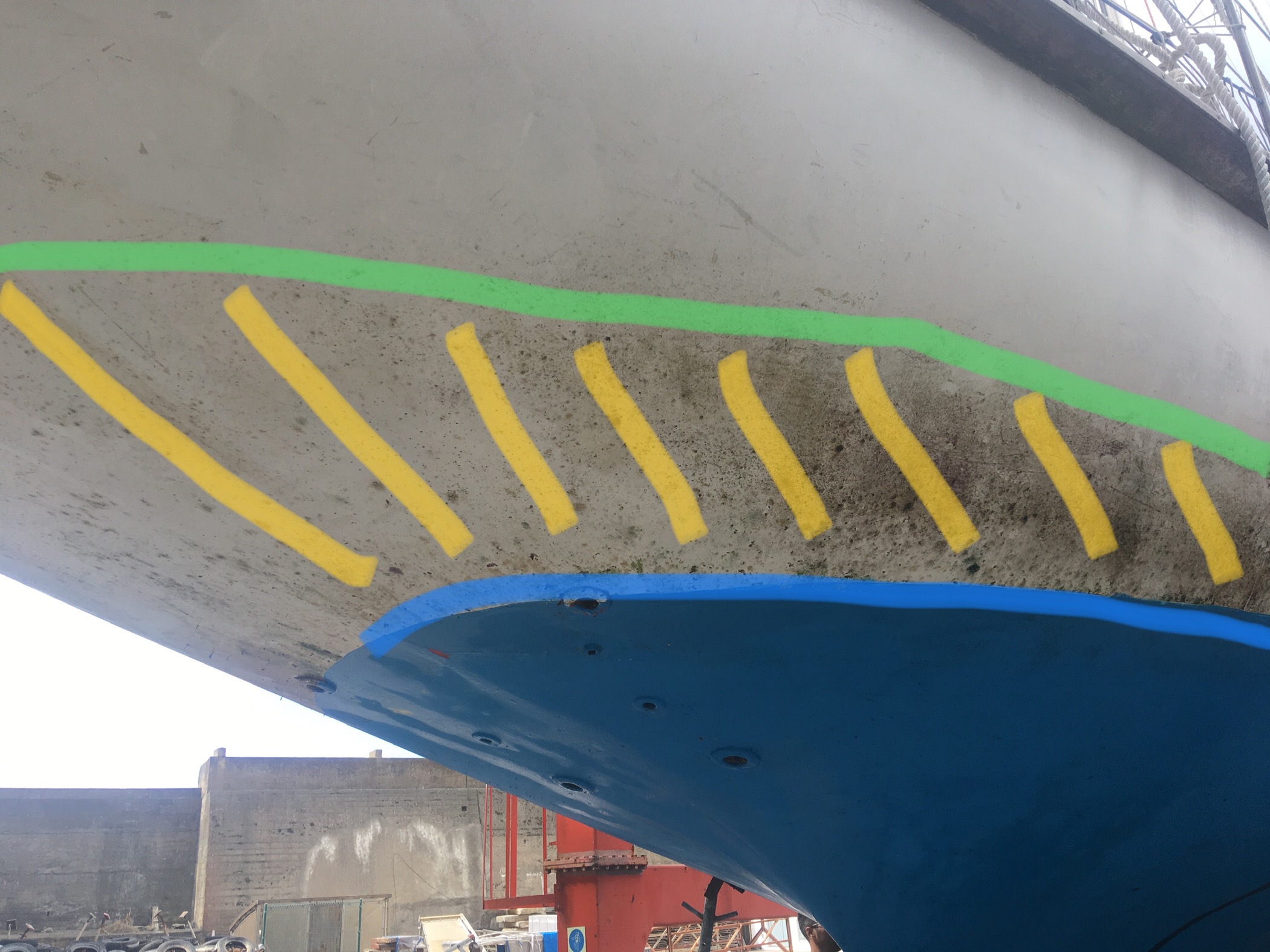Drones are awesome, there is no denying it. They can get to the perfect vantage point, and we all love the drone footage in our favorite YouTube videos! While drones may seem awesome at first, sailing with one may feel a little different.
Being a cruising YouTuber has it’s perks, first you get to meet other cruising YouTube channels and compare notes on different camera gear and techniques. The second perk is your toys will pay for themselves because the videos you make with these toys produce revenue.
But, as always, life isn’t always as easy as it may seem, and sailing with a drone can be a hazard (to the drone). There are a few important points that should be considered when looking at a drone for cruising with. First is size, then capabilities, then price.
DJI Phantom
Drones are often barely seen up in the sky, but when you get up close to them, you begin to notice how big they really are. Big, is never a good thing when you need to stow it safely in a sailboat!
One of the most famous drones, the DJI Phantom, is HUGE! Yes, it has incredible range, films in 4K, and flies at blazing speeds, it is still really big.
Our friends Jessica and Ryan from Jessica and Ryan Adventures have this drone and we got to see it in action first hand. It was amazing!
They would launch it and send it high up into the sky where they would get amazing images of the entire anchorage they were in. They could also fly it around the neighboring islands to see what looks like the best place to go explore by dinghy. It served as more of a reconnaissance aircraft to scout out hidden gems in the islands, and it did this task beautifully!
The drone flight sequence starts at around 4:50 seconds. This drone is fast, and the images it captures are unreal. How else could you get an effortless birds eye view?
So we know that this is the drone that most YouTubers use because it gets the best video from the most powerful drone! But what happens when you are not flying the drone? What happens for the other 99.9999% of the life of the drone when it is NOT flying?
Well it takes up space! Being a big drone, it takes up a lot of space. The body of the drone is larger than a square foot, and the propellers extend making it even bigger. The powerful propellers do not fold, so unless you remove them, it’s going to take up a lot of space.
That being said, if you have the space a budget for a Phantom, go for it! Our friends, Jessica and Ryan have a catamaran, giving them plenty of space to store the drone on a flat surface without fear of the surface tilting while under sail and the drone falling off. If you have an old monohull like we do, maybe think about this purchase a little harder.
All drones have a specially built carrying case, and the phantom is no different, but the phantom’s carrying case looks like a carry-on bag for a flight.
DJI Mavic
The next step down in size is the DJI Mavic. This drone offers similar performance to the Phantom, but in a more “travel friendly” package. The controller is smaller, the drone is smaller, and the drone also folds to make it stow tighter. To round up the whole “smaller package” concept, it’s carrying case is a backpack.
It still offers 4K video, almost a half hour of flight time, and a 3 axis gimbal for the camera, just like the phantom, but in a folding package that can stow more easily in a space limiting environment, like in a sailboat.
This gives you a nice compromise between space and performance, saving you a bit of space while only reducing the performance a slight amount.
DJI Spark
Now, if space and price are both limited, welcome to the smallest and cheapest of the “good” drones: the Spark.
This is the drone we went with, as it is tiny! The Spark is the size of a cell phone, and the propeller fold up to make it stow neatly in a tiny bag smaller than a purse.
This lets it safely live in a padded and protective bag, in our closet (while at sea) or on our navigation station next to the radio on a small shelf (while in port).
So, what are you sacrificing with the Spark to get the tiny size? A few things.
It won’t shoot in 4K, only up to 1080p. It won’t fly for a half hour, only about 12-15 minutes (depending on how fast you want to fly and how windy it is where you are flying), and it won’t fly as fast (6-8 mph in normal mode, low 20s mph in sport mode). Oh, and you are also giving up on the high price tag!
This was one of the biggest points that we considered when we bought our drone! We know the salt air is going to kill the drone. We also know that one day it might fall into the water and die! Losing a drone sucks, but it would suck a lot more if it was almost $1000 that went in the water!
When we bought our Spark, we inquired about the replacement cost of “just the drone”. Not the controller, and the case, and all the other parts that come in the kit, and we were very pleased to hear that it was only around $300. With this wonderful knowledge, we decided to upgrade our YouTube channel with the purchase of our new drone, the DJI Spark!
It fits in our narrow old monohull that we are sailing around the Atlantic without taking up too much space, and it gets great shots from the air! Yes, the flight time is rather short, but this just means that you need to plan your flight before you turn it on. We typically have an idea in mind, send the drone up, capture it, and then bring it back down. Having two batteries means we can do this multiple times on hikes and excursions.
Sadly, video editing is a long process, and the shots with the drone haven’t been reached yet at the time of this blog post (we started flying our drone when we made it to Horta, Azores), but in the channel trailer, at the very end, there is a drone clip filmed with the DJI Spark.
Drones are awesome, and they can take your cruising to a whole new level by showing you where you are from an entirely new perspective. We get used to thinking that sea level is the only way to view new anchorages, but a drone will show you the majestic and magical place you are anchored in, making you appreciate it all the greater!












